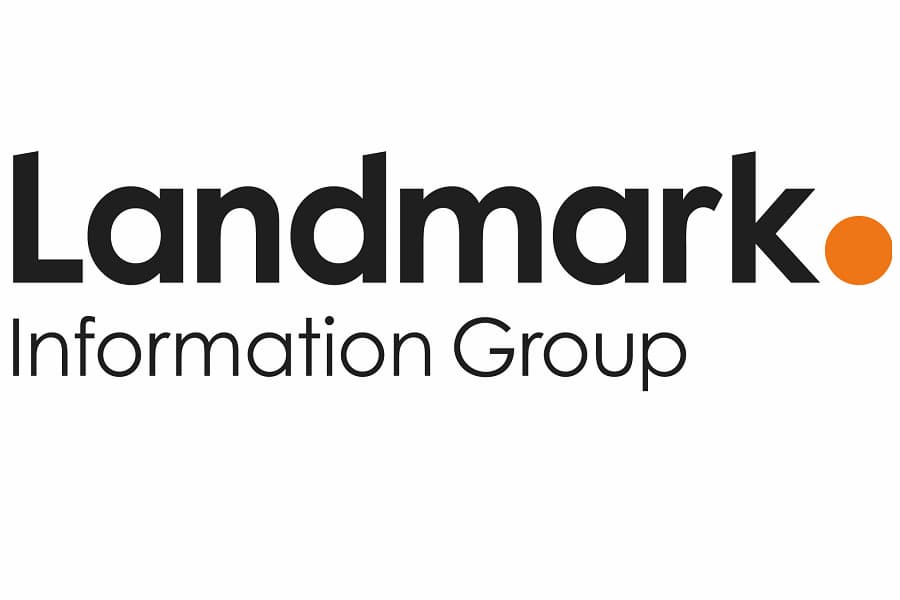The annual report from HM Land Registry sets out how their digital transformation aims to improve conveyancing for both professionals and consumers.
In the document released earlier this year, the Registry consolidated their digitisation strategy, stating that the end goal is to make their role in the property transaction “frictionless”. Whilst there is clearly a strong focus on the digital overhaul, the document stresses that this does not distract the organisation from its main mission of protecting rights over property.
As stated in the introduction, HM Land Registry’s chair, Michael Mire states, ‘The transformation programme will reinforce our mission by making its delivery more effective, far quicker and much simpler.’
Several of these reinforcements are already taking shape, namely the Application Enquiry Service which enables professionals to view progress on a specific case, improving efficiency.
A pilot of the digital mortgage signature service was also run recently, which eventually aims to offer consumers a more secure and convenient way of completing the deed.
As well as highlighting key milestones throughout the year, the report also drew attention to the changes going forward, with a focus on improving the conveyancing process for all parties.
Among these upcoming developments was the introduction of ‘Digital Street’ which the Registry state they will begin testing for in the near future. As well as enabling improved access to both their services and data, the Registry state that this digital method of conveyancing will enable them to safely experiment with new technologies such as Artificial Intelligence. Land registration services will also be provided digitally on the platform, with an aim to deliver a simpler service for conveyancers.
Alongside the possibilities around future digitisation, user experience was also highlighted as a key consideration, with a focus on making HMLR’s service delivery as efficient as possible.
Director of Operations, John Peaden stated: ‘For us, finding ways to be more efficient not only improves our productivity but makes the whole conveyancing process in England and Wales quicker, cheaper and simpler, which was the original intention of creating HM Land Registry all those years ago. While our digital transformation will be key to this we also want to ensure that we can maximise the output of our expert people and improve the experience for our customers.’
The report also drew attention to one of their commitments set out in the housing White Paper – namely to achieve “comprehensive registration” by 2030. At present, approximately 16% of land in England and Wales is unregistered, a figure which the Registry aim to cut and in the process, bring together conveyancing processes. However, as Peaden states, creating new registered title is not as simple as altering one which already exists.
‘We will, therefore, need to ensure we have experienced and technically-proficient caseworker teams prepared to register new titles as applications come in. Supporting public sector land owners will be our initial focus. Some of that land may include prime building sites for new homes.’
In order to increase resilience to fluctuation in the market, HMLR also set out their aim to develop services which will digitise large volumes of work and in turn, improve efficiency.




















